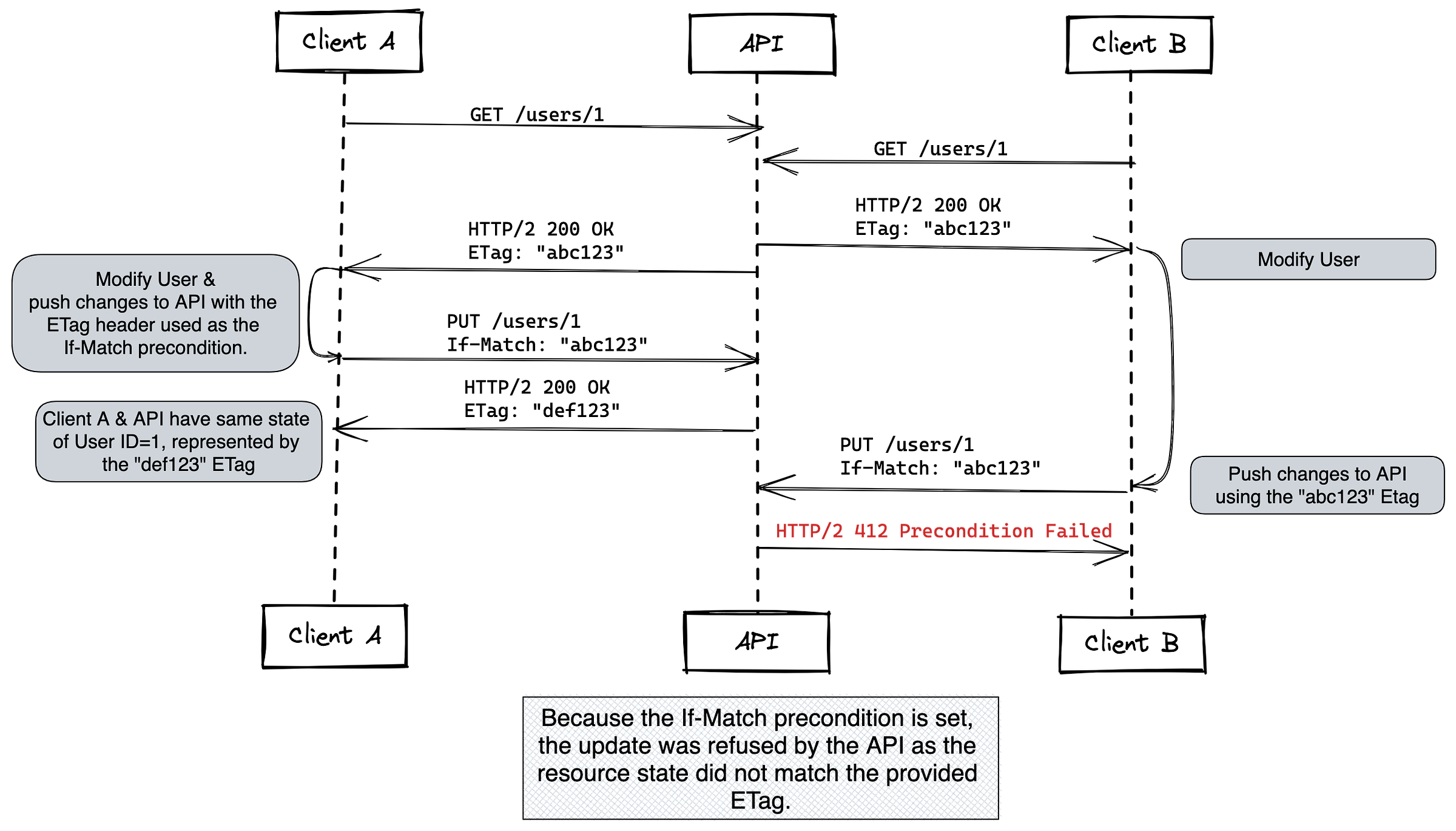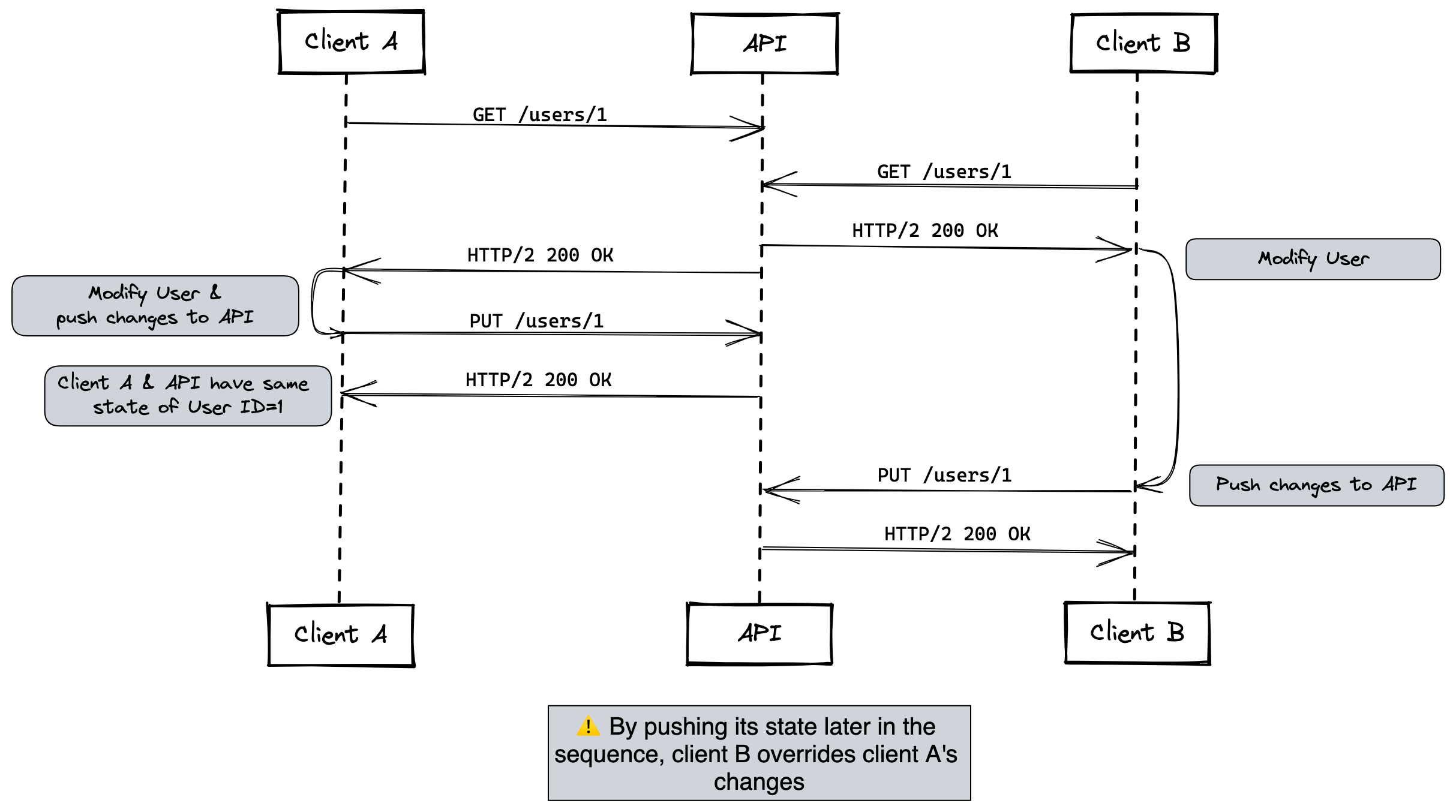Your rangehood filter plays a very important role in keeping your kitchen clean and free from grease, smoke, and bad smells. Over time, these filters can become blocked with dirt and grease, making them work less well. Regular cleaning not only makes your rangehood last longer but also makes sure it works at its best. Here’s your step-by-step guide to cleaning range hood filters the right way.
Discover how to clean range hood filters with this easy step-by-step guide. Improve kitchen air quality, boost appliance efficiency, and keep your range hood in top shape.


